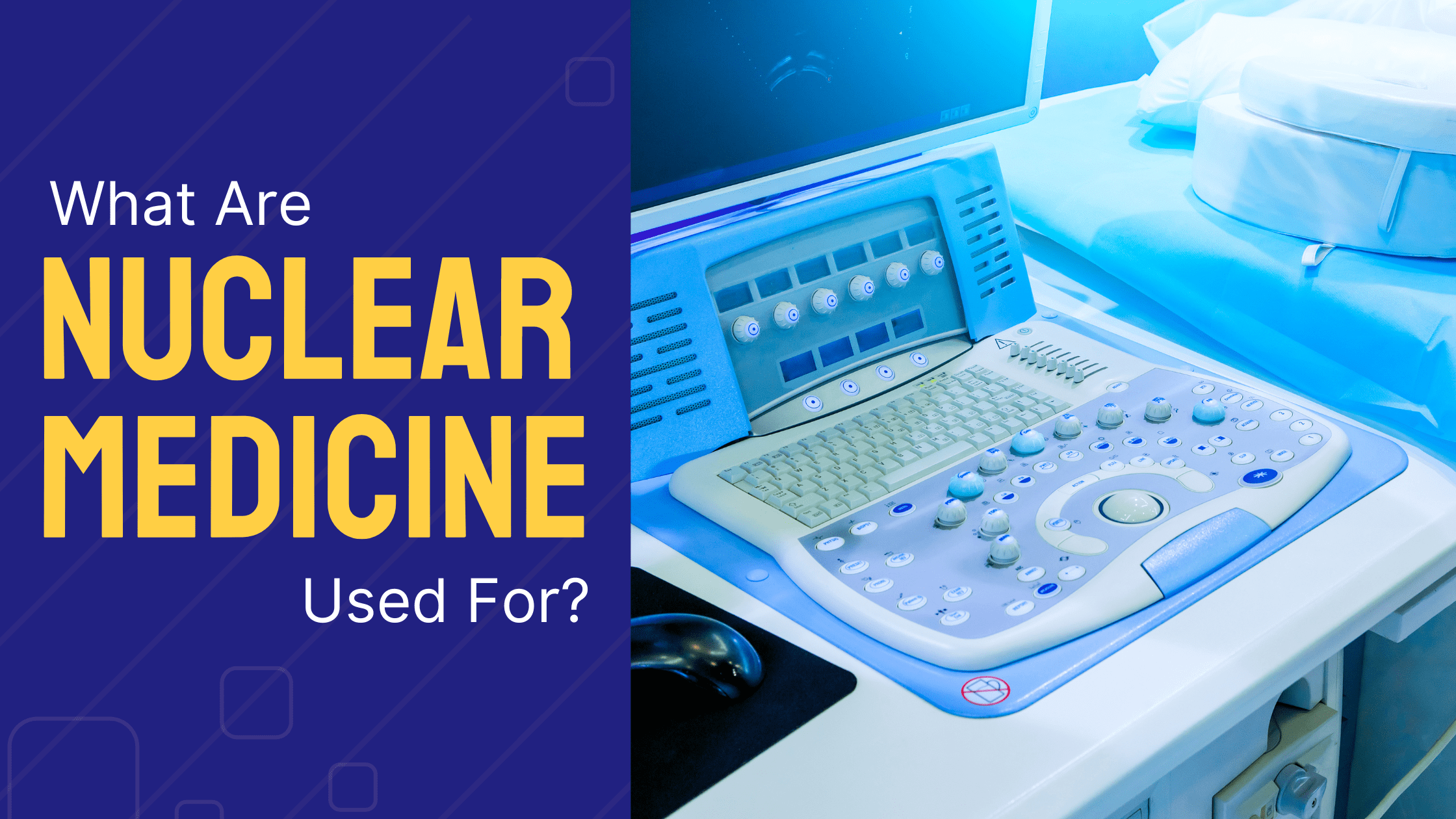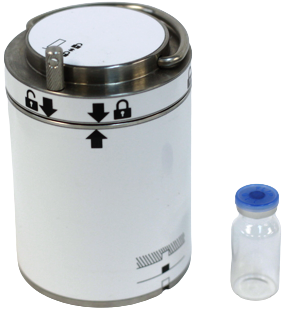
- Jun 8, 2022
- Agescan International
- Medical Diagnostic, Nuclear
- 1 Comment
What is Nuclear Medicine Technology?
Nuclear medicine is a particular area of radiology that utilizes tiny measures of radioactive materials, or radiopharmaceuticals, to inspect organ capacity and design. Nuclear medicine imaging is a mix of various disciplines. These incorporate science, physical science, math, PC innovation, and medicine. This part of radiology is much of the time used to help analyze and treat irregularities right off the bat in the movement of sickness, like thyroid disease. Learn more.
How does Nuclear Medicine work?
Nuclear medicine imaging utilizes modest quantities of radioactive materials called radiotracers that are normally infused into the circulatory system, breathed in or gulped. The radiotracer goes through the area being analyzed and emits energy as gamma beams which are distinguished by an exceptional camera and a PC to take pictures within your body.
Nuclear medicine technology gives special data that frequently can’t be acquired utilizing other imaging methods and offers the possibility to recognize illness in its earliest stages.
After the radiotracer has been given and has gathered in the body tissue under study, radiation will be emitted. This radiation is distinguished by a radiation finder. The most widely recognized kind of locator is the gamma camera. Advanced signals are delivered and put away by a PC when the gamma camera identifies the radiation.
By estimating the way of behaving of the radiotracer in the body during a nuclear output, the supplier of the medical service can evaluate and analyze different circumstances, like growths, contaminations, hematomas, organ broadening, or bumps. A nuclear scan may likewise be utilized to evaluate organ capacity and blood flow.
What is nuclear medicine used for?
Nuclear medicine can be utilized in both a demonstrative and helpful limit. As a demonstrative instrument, it can assist doctors with making a determination or judging the viability of treatment. As a helpful device, nuclear medicine can treat a few diseases and issues with thyroid, among different circumstances.
Radiopharmaceuticals Used in Nuclear Medicine

Radiopharmaceuticals, otherwise called radiotracers, are drugs utilized in nuclear medicine to highlight inner organs or veins. The radiotracers contain a radioisotope clinging to natural material. The natural atom passes the radioisotope onto a particular organ or region. The radioisotope emanates gamma beams that imaging machines can study.
Radiopharmaceuticals can be utilized for restorative or symptomatic purposes. In nuclear medicine, they are utilized for symptomatic purposes. Many people ask Is nuclear medicine safe? It is perfectly safe because it exposes the same amount of radiation as a normal x-ray.
Nuclear Medicine in Treatment
Radioactive methods are likewise utilized in treatment. Specialists which are utilized in nuclear imaging can be used to convey treatment. The radiopharmaceutical can be gulped, infused, or breathed in.
One model is radioactive iodine (I-131). Use over 50 years to treat thyroid malignant growth and hyperthyroidism, or an overactive thyroid. Additionally, use to treat non-Hodgkin lymphoma and bone agony from certain sorts of malignant growth.
Iodine-131 (I-131) focused on radionuclide treatment (TRT) brings radioactive iodine into the body. As the thyroid cells or disease cells retain this substance, it kills them. I-131 to use as cases or in fluid structure.
Later on, it very well might be possible to implant chemotherapy into medicine imaging specialists that will join just to malignant growth cells. Along these lines, the chemotherapy would kill just the objective cells and not the close-by sound tissue. This would diminish a portion of the unfriendly impacts of chemotherapy.
A few essential uses include:
- Survey heart function harm
- Distinguish coronary artery infection
- Assess treatment choices for heart conditions
- Filter lungs for respiratory or bloodstream issues
- Assess bone cracks or breaks
- Assess regular and prosthetic bone joints
- Recognize irregularities in the cerebrum and identify specific illnesses
- Distinguish complexities following an interior medical procedure
- Find the wellspring of diseases
- Measure thyroid capacity
Other purposes:
- Identify irritation or unusual capacity of the gallbladder
- Recognize seeping into the gut
- Survey post-employable entanglements of gallbladder medical procedure
- Assess lymphedema
- Assess fever of obscure origin
- find the presence of contamination
- measure thyroid capacity to recognize an overactive or underactive thyroid
- assist with diagnosing hyperthyroidism and platelet problems
- Hyperparathyroidism (overactive parathyroid organ)
- Stomach discharging
- Spinal liquid stream and likely spinal liquid holes
Treatment with nuclear medicine includes bigger portions of radioactive material, but with radiation shielding in nuclear medicine, it becomes a safe procedure.
Nonetheless, when utilized, the degree of radiation openness is around equivalent to what an individual gets during a standard chest x-beam or a CT examination. And it is seen as harmless and moderately protected by imaging methods. Their viability in diagnosing illness implies that the advantages ordinarily offset the dangers.

Pingback: What is Nuclear Medicine Used For | Tungsten Al...